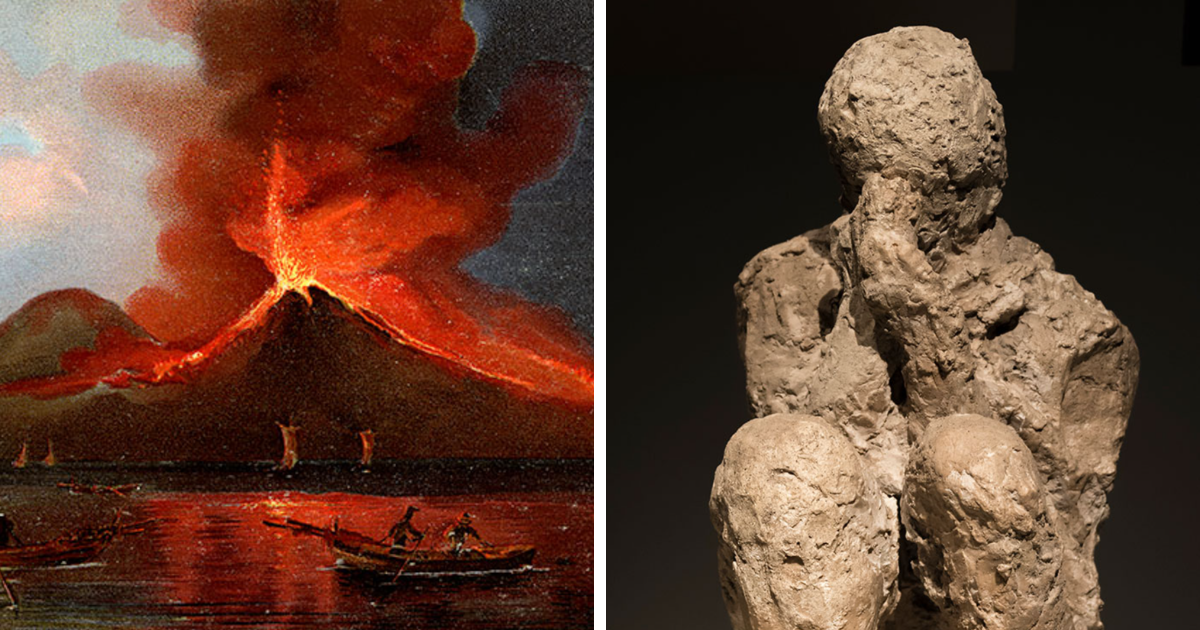Buried Secrets of Pompeii: A Parent’s Last Desperate Act Uncovered, Revealing Haunting New Revelations
Image credits: Bettmann Archive / Getty Images
Archaeologists discovered that the house—Phrixus and Helle—was under renovation at the time of eruption, which aligns with evidence of seismic activity in the months leading up to the catastrophe that also caused a neighboring villa—Leda and the Swan—to undergo repairs.
Image credits: Marc DEVILLE / Gamma-Rapho / Getty Images
The house’s remarkable state made their residents’ wealth apparent. Inside, researchers found a typical Roman atrium with a rainwater basin, a richly adorned banquet hall, and kitchenware made of fine bronze. Several amphorae still contained traces of garum, a fermented fish sauce prized as a delicacy in Roman cuisine.
Image credits: Roberto Machado Noa / LightRocket / Getty Images
“To excavate Pompeii and visit it means confronting the beauty of art but also the fragility of our lives,” Zuchtriegel reflected.
At the time, Pompeii had an estimated population of 20,000. While most residents were able to flee by sea, scientists believe that as many as 2,000 did not—the residents of the House of Phrixus and Helle among them.
Now, 2,000 years later, the discovery provides yet another visceral look at the tragedy of Pompeii, with the ash not only preserving walls, furniture, and mosaics, but also the pain of those who lost their lives that day.
“Amazing.” Netizens were not only moved by the tragedy, but impressed by how well preserved the house was































